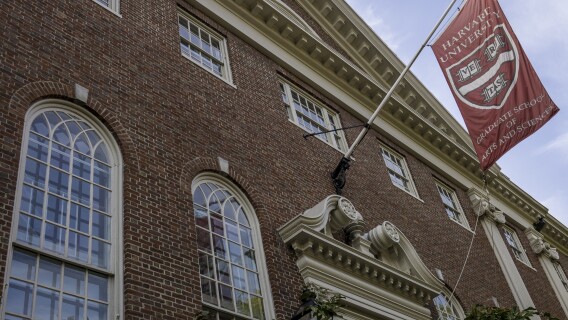Established in 1974, the asset manager Harvard Management Company manages funds in Harvard University’s $50 billion-plus endowment.
It has delivered impressive results due to its creative and independent market diversification strategy.
What is its secret sauce, and how do we invest like Harvard University?
Let’s explain by exploring how these endowment offices approach investing and how it differs from the ordinary individual investor.
[text_ad]
Most investors focus on the fundamentals such as revenue and profit growth.
On the other hand, some place a premium on charts and technical analysis.
Perhaps even more pay more attention to market sentiment, which has improved greatly over the last few weeks.
All three schools are important but not enough. You also need to appreciate the importance of asset allocation with a global perspective that endowments employ with great skill.
While most individual investors focus on short-term stock picks and chase funds with the highest latest returns, endowments put their energies into asset allocation. By this I mean figuring out what percentage of their capital to put in different buckets of assets such as U.S. or international large-cap and small-cap stocks, real estate, different countries, venture capital and private equity.
A key difference is the variety of buckets endowments use to diversify with the goals of lowering risk and volatility and increasing returns.
It is obvious that the major difference is that endowments allocate more capital to what is referred to as alternative assets. These include private equity, venture capital, real assets such as timberland and precious metals, and hedge funds covering all sorts of assets from frontier markets and currencies to global macro.
For example, Harvard Management Company allocates almost 40% of its endowment portfolio in private equity and 11% in tech stocks alone. Real estate accounts for 5% of the portfolio, with bonds accounting for 6%, and cash at 5%.
For the 2024 fiscal year ending June 30, Harvard’s endowment delivered a positive return of 9.6% while MIT returned 8.9% and Duke University generated 8%, its first positive return since 2021.
Over the past six years, the Harvard Management Company has delivered a 9.2% annualized return, affirming its edge in picking stocks that outperform the overall market.
Harvard benefited from some names familiar to all - stocks such as NVIDIA (NVDA), Meta (META), and Alphabet (GOOG).
But perhaps some more surprising investments are Taiwan Semiconductor (TSM), and a Dutch firm ASML Holding N.V. (ASML). Both of which are semiconductor and artificial intelligence plays in Harvard University’s investment portfolio.
Taiwan Semiconductor makes more than half of all the chips in the world with complete dominance in high-performance chips. ASML produces, markets, and sells advanced semiconductor equipment including lithography, metrology, and inspection systems for advanced chipmakers. Its biggest customers are manufacturing facilities that make wafers that get cut into high-performance chips. Right now, ASML is prohibited by a coalition of countries including America from selling their cutting-edge chip-making equipment to China.
Interestingly enough, there are a handful of names in the Harvard endowment that have been identified by other Cabot analysts or in the pages of the Cabot Wealth Daily.
The Explorer portfolio doesn’t own any of the current holdings (although it has in the past), but you can learn more about the stocks recommended by Cabot Explorer by joining today.
[author_ad]
